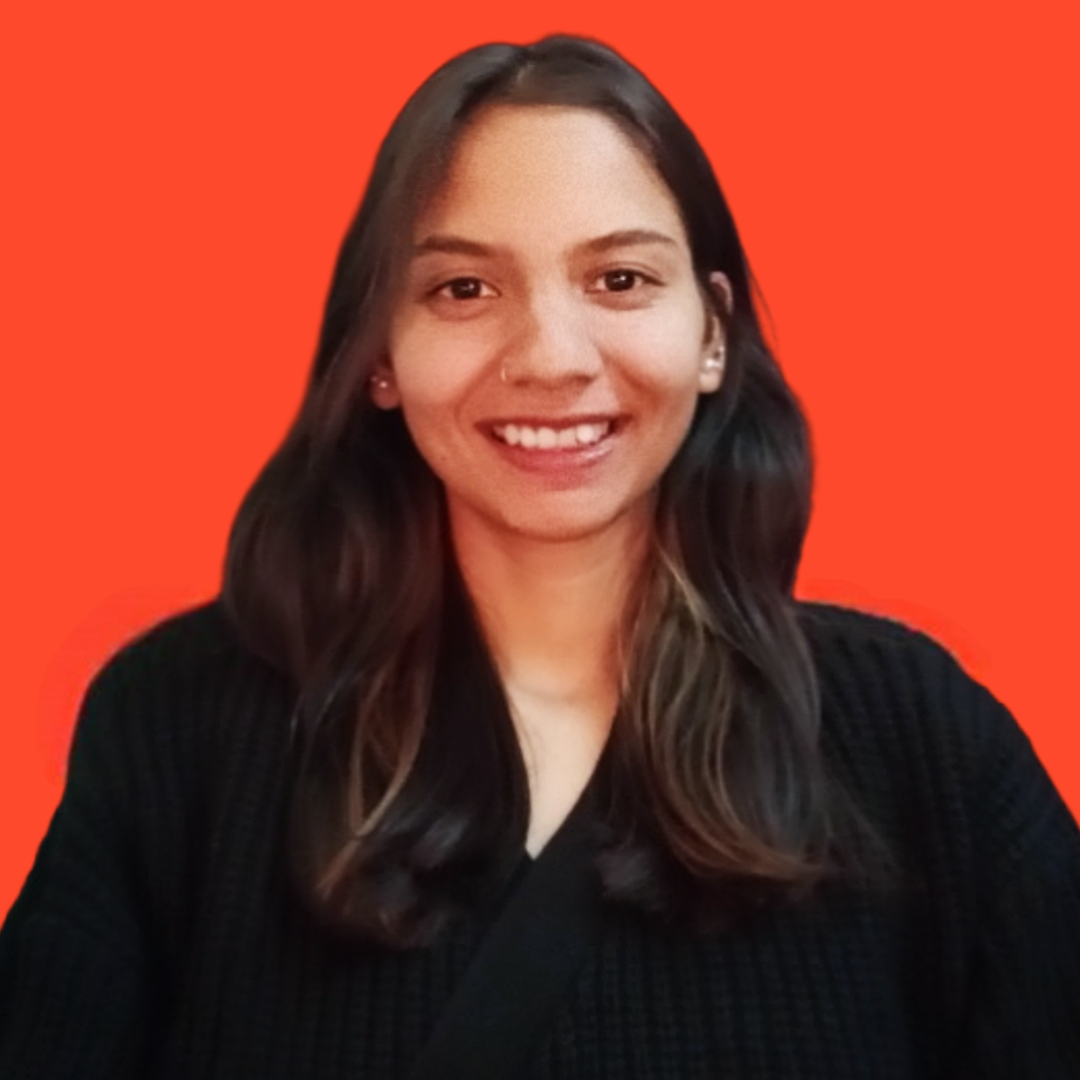Growing up, the only exposure I had to page design and layout creation was through my high school yearbook class.
I assigned each page the right amount of picas and columns and undoubtedly proceeded to construct the least visually appealing template ever made with graphic design software. I’ve always been more of a writer.
Nowadays, the opportunity to toy with graphic design is not limited to adolescent memory books. Anyone with interest can download or purchase a desktop publishing software and begin constructing an eBook, magazine, brochure or amateur poster for the family Christmas play in minutes.
Page Layout
No matter how novice the publication, it helps to know a few basics for taking your design from clip art to cover art. For starters, what is page layout?
What is page layout?
Page layout is a term used in graphic design that refers to the arrangement of design elements (text, images, spacing, etc.) on a page.
Sounds pretty simple. But to fully understand page layout, read the tips below to improve your design game and create better pages than I did for the bowling team in 2011.
Placement
Without a grid to help space out objects, chances are your design will appear off-balance and unstructured. Most desktop publishing software, such as InDesign, allow you to choose a patterned grid constructed of columns and rows that are only visible during the editing process.
Editing on the grid ensures objects have an even number of space between them, which aligns objects and better guides readers through the flow of content.
An easy guideline to follow for overall design is the rule of thirds. This idea asserts that if you split a page into three even columns both vertically and horizontally, the intersecting points of those lines are a page’s natural focal points. Place valuable content in either the upper or lower third, and place the main focal point at one of the intersections. This will almost always result in more balance than text boxes and images thrown on a page willy-nilly.
The Visual
While not as relevant for a chapter eBook, visuals are one of the most important elements of magazine, brochure or poster design. They make readers stop and stare, spending time on a page instead of flipping to the next one. An image is often the focal point of the page, or the object the eye picks up on first.
The visual can be actual photography or digital graphics. The image or images do not always have to be the largest element on the page, but they do need to be positioned in ways that help readers understand the structure of the document.
For example, position images where they make the most sense. Do not include a photo of a subject painting right after discussing their love for bike riding.
The visuals and text should flow in a way that tells the reader the whole story, as opposed to confusing them and breaking their interest. As the content creator, your job is to guide readers through the content in a way that makes sense.
The Text
Typography is more than a font or the shape of letters on a page. Font affects how we perceive and feel about certain events or content. If I see something in Times New Roman, I’m ready to read something important and informative. If I see Comic Sans, I’m ready to commit to bringing juice boxes to my first-grader’s class party.
Be sure to use a readable typeface that matches the tone you are trying to portray. Few people know exactly what a given font is off the top of their head. Play with it, see what you like and ask a few friends to tell you how they perceive the message. For examples of typography that send different messages, look at movie posters. A horror film will display the title with a different energy than a romantic comedy.
Similarly, text size and placement will also play a part in how a page is digested. If I open a publication and see 12-point font with no images, I know the content is more informational or literary. If I see multiple text boxes next to images, that tells me I’m looking at something choppier and perhaps less serious, like a collection of summertime restaurants or highly rated hardware stores. Font has the chance to speak to readers before the words do.
The Text-Visual
This may seem oxymoronic, but text can serve as a visual too. To garner interest in a story or piece of content, publications will often choose to use a pull-quote somewhere on the page.
Literally, this means a quote is pulled from the text, blown up, and strategically placed somewhere to break up text. Not only does this give the reader a break from smaller font, but it also hints at something interesting to come later in the story. This also helps retain attention and hopefully keeps a reader wanting to know what happens next.
Conclusion
The list of design rules goes on as desktop publishing tools evolve and companies and events strive to grow onlookers into readers. Hopefully this miniature guide to page design will help you in your publishing journey as much as it could have helped me in high school.
Want to learn more about graphic design? Be sure to check back for more articles soon!
 by Daniella Alscher
by Daniella Alscher
 by Harshita Tewari
by Harshita Tewari
 by Harshita Tewari
by Harshita Tewari